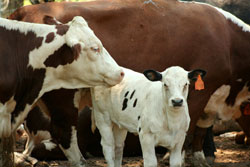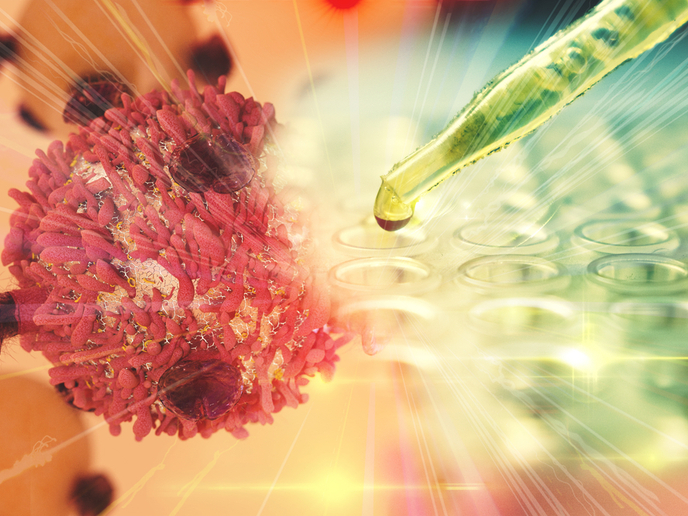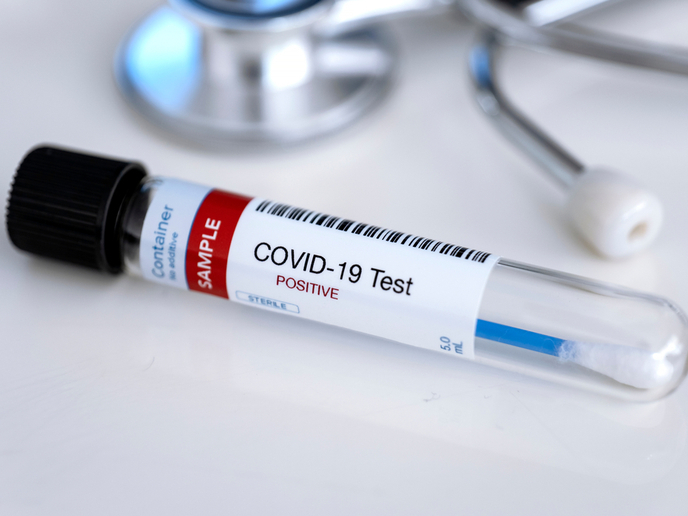Improved mapping for dairy cattle genome
The European Union is one of the three biggest exporters of dairy products in the world. Coupled with the fact that demand for these commodities worldwide is high, dairy farming is a very important industry. In a bid to improve data for dairy breeding programmes, project partners in BOVMAS proposed to map quantitative trait loci (QTL) in breeds of cattle common in Europe. These included the dual purpose Simmental, the Holstein, and the Brown Swiss. The team at the Ludwig-Maximilians University of Munich searched for QTLs that were identical by descent (IBD). That is, they had originated from the same allele in previous generations. Firstly, they looked at chromosomal haplotypes in six designated regions within the Holstein herd. Haplotypes are a combination of alleles at multiple linked loci that are transmitted together. Promising results indicated that there are more IBD genes to be found within these areas. Analysis of linkage disequilibrium (LD) on chromosome 13 within all four herds was the next technique utilised by the scientists. The LD phenomenon occurs when there is non-random association of alleles at two or more sites in the genome. Marker selection by LD appeared to be an effective means of selection. Thirdly, they developed an efficient protocol to implement the co-segregant pool (alleles segregating together) analysis for determining sire, or bull haplotypes. Haplotype identification of individual dairy sires is an essential prerequisite for the interval mapping method. It can also be used for tracing identified QTL in pedigrees for marker assisted selection (MAS). The researchers found that co-segregant pools can serve as an efficient means for haplotype identification. The results of this study have yielded statistically proven methods for MAS for milk production traits in dairy and dual purpose cattle. Broad dissemination of the results could well mean that the protocols developed here will be incorporated in commercial breeding programmes to increase milk yield from dairy herds.







